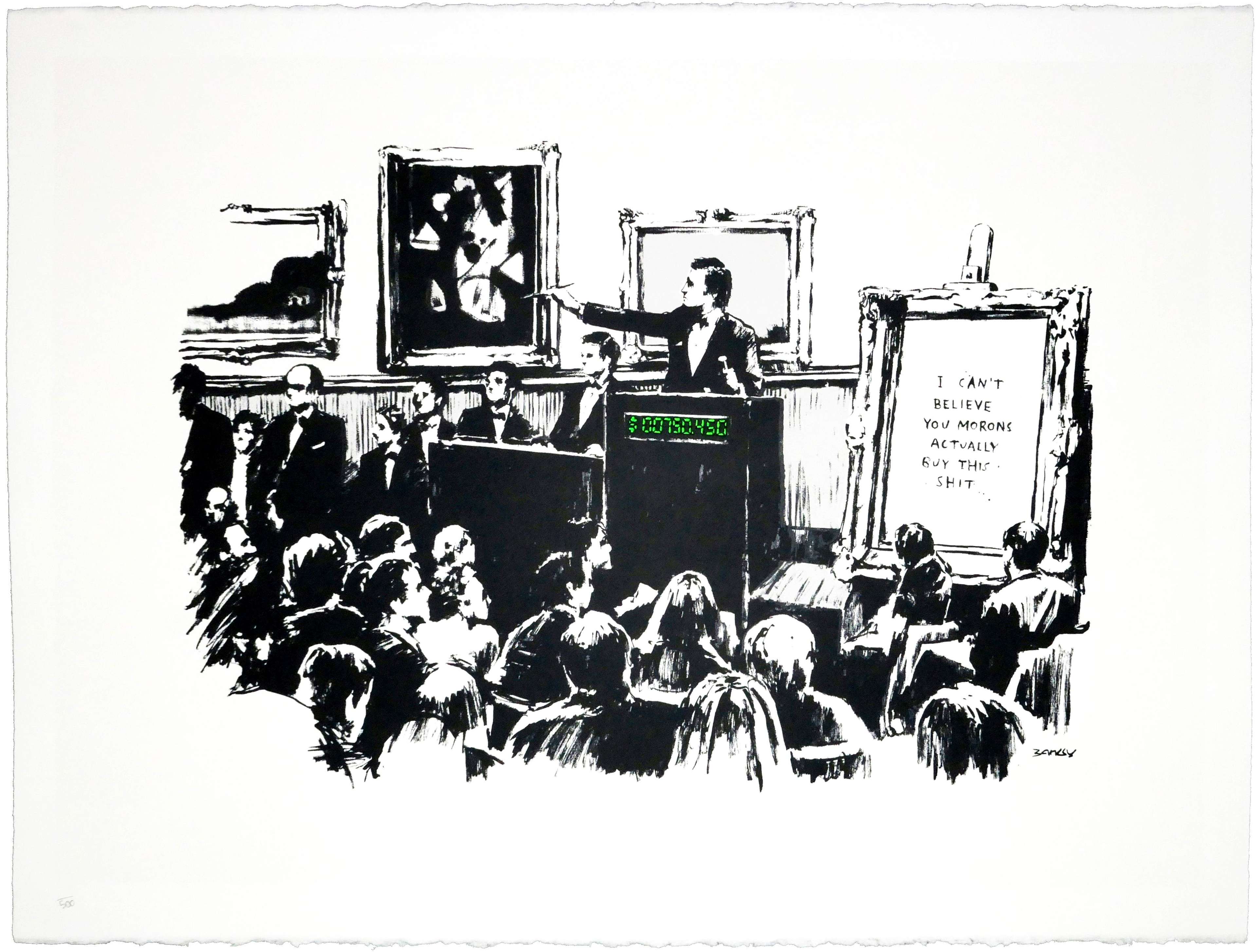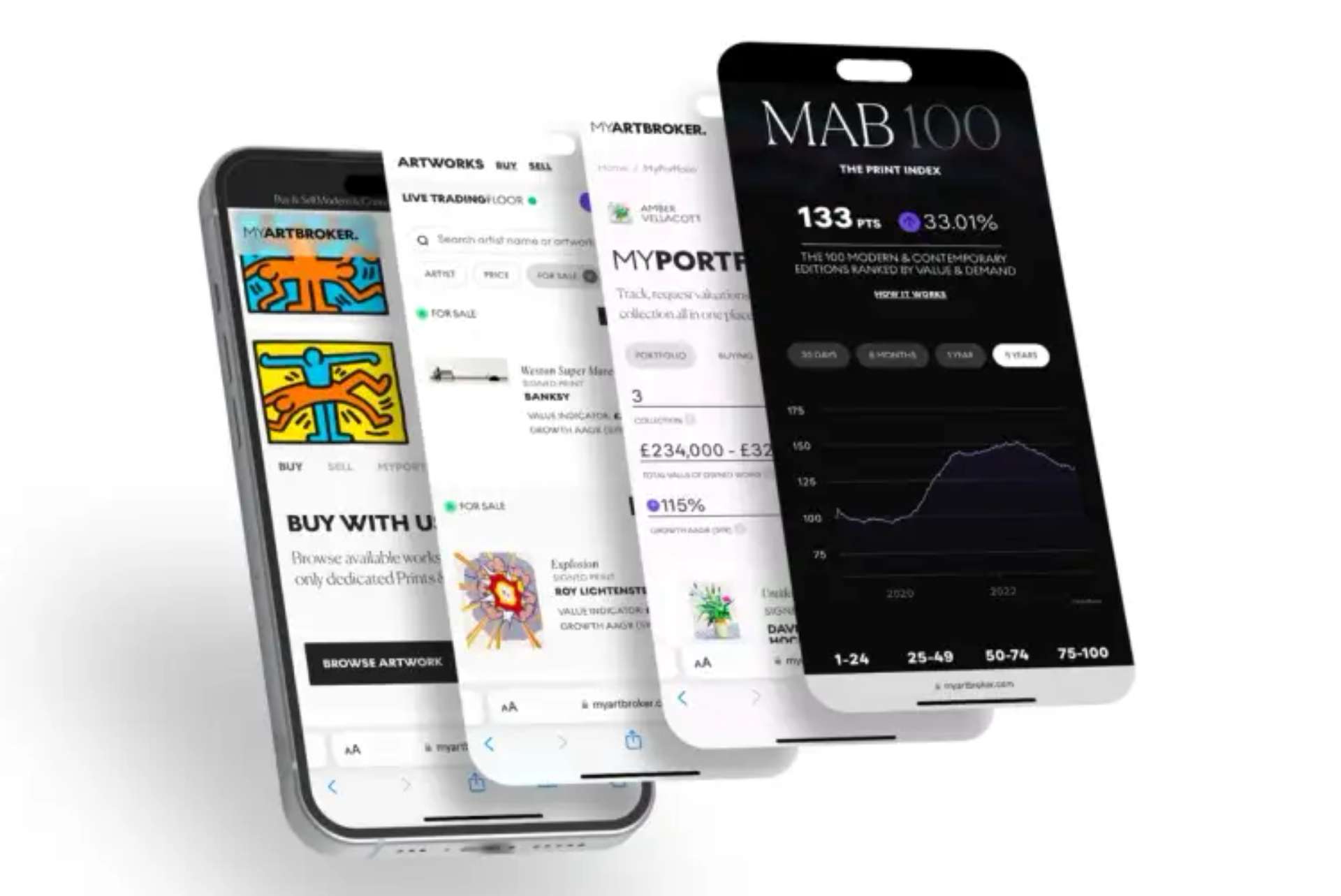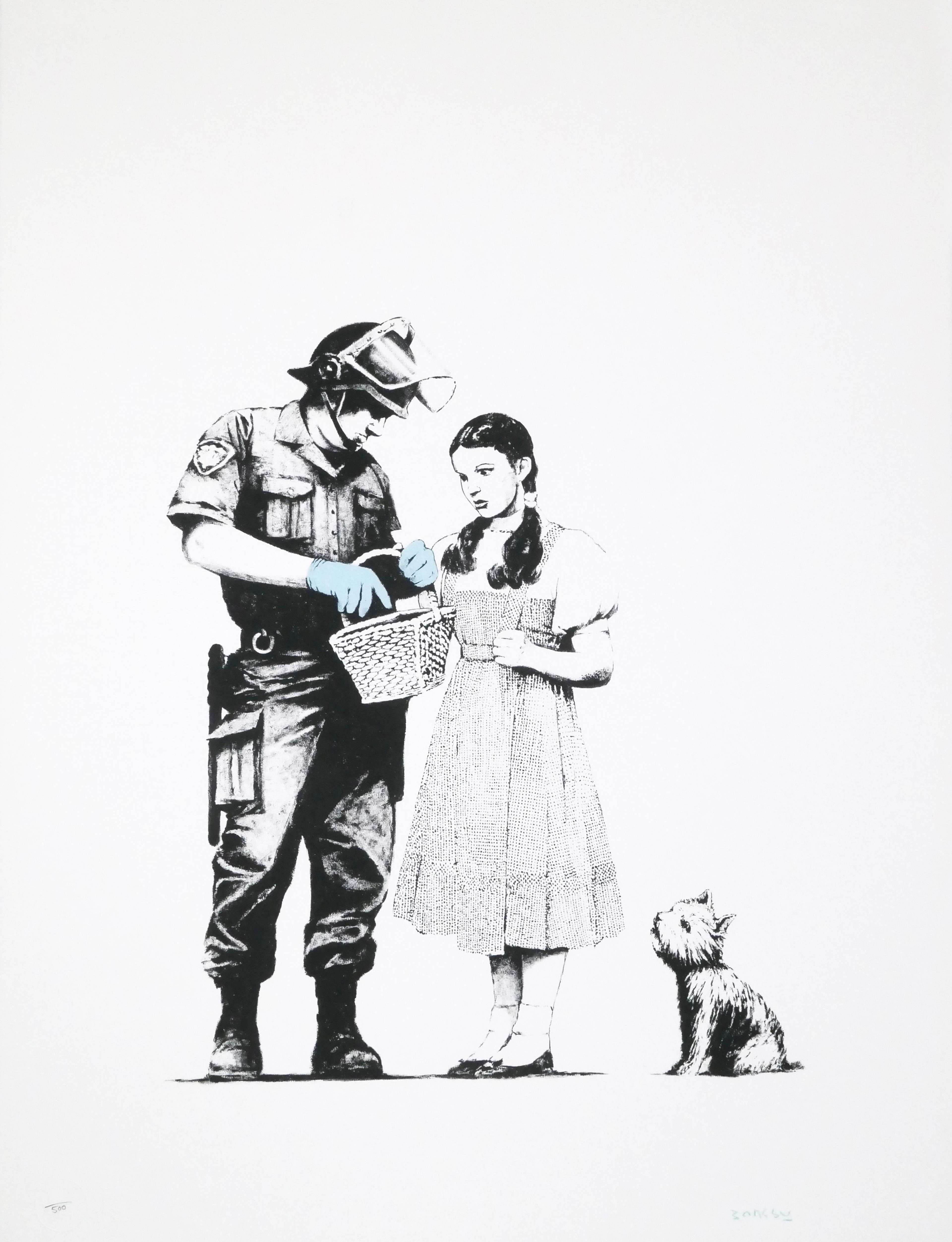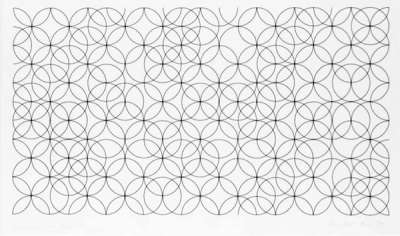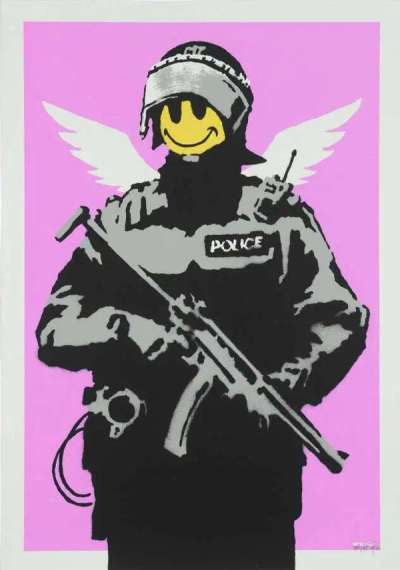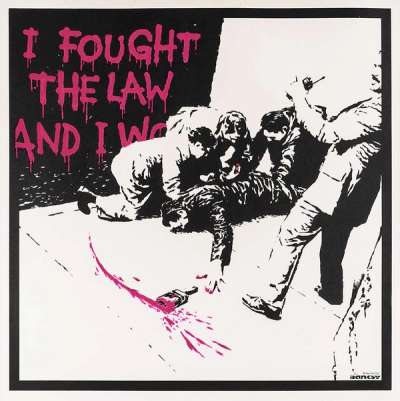Should AI Be Able to Complete Artists' Unfinished Works?

 Image © X @DonnelVillager / AI-generated completed version of Keith Haring's Unfinished Painting.
Image © X @DonnelVillager / AI-generated completed version of Keith Haring's Unfinished Painting.Live TradingFloor
The emergence of Artificial Intelligence (AI) as a potential collaborator in artistic creation sparks a complex debate. The idea of employing AI to complete unfinished masterpieces by artistic legends offers an intriguing possibility. On December 31st 2023, X user @DonnelVillager achieved over 30 million views on his AI-generated Unfinished Painting by Keith Haring – originally done in 1989 as a response to the AIDS epidemic. It has generated significant debate on social media, with many asking questions about the role of AI in art: Can it truly capture the essence of an artist's unrestrained creativity? And more importantly, should it?
In exploring the nuanced ethical landscape surrounding AI's involvement in completing works, one must consider everything from the potential benefits of bringing art to fruition to the contentious decision of finishing works like Haring's, which were intentionally left incomplete. The discussion extends to the broader implications of AI in the art world, which must come with an understanding of ethical considerations and emerging legislation, seeking where the line should be drawn in this digital renaissance of art.
 Edmond de Belamy © Obvious 2018
Edmond de Belamy © Obvious 2018The Potential of AI in Creating and Completing Artworks
The potential of Artificial Intelligence in the realm of art creation is not just a theoretical discussion, but a burgeoning reality. A quintessential example of this is Edmond de Belamy, a portrait painting created by a Generative Adversarial Network (GAN) developed by the Paris-based arts collective, Obvious. In 2018, this artwork marked a historical moment at Christie's, becoming the first AI-generated piece to be featured in such a prestigious platform. The painting, which echoes classical portraiture yet is distinctly unique in its AI-generated composition, was initially estimated to fetch between $7,000 and $10,000. To the astonishment of many, it sold for a staggering $432,500. This event shattered preconceived notions about the value of AI in art, but also sparked a global conversation about the potential of AI as a creative force. It challenged traditional views on artistic authorship and originality, ushering in a new era where technology and human creativity intersect in unprecedented ways.
There are many differences between this and the Haring artwork, however. The main one is that it was completed by a real artist. The potential of AI in completing existing artworks presents a tantalising blend of historical reverence and technological innovation, as those systems are typically trained on the extensive portfolio of an artist's existing works. This training enables them to learn and mimic the stylistic nuances and techniques characteristic of the creative in question. However, the inherent limitations of this approach become starkly apparent when we consider the unpredictable nature of human creativity, especially in the context of artists who are no longer alive.
While AI can effectively analyse and replicate patterns, textures, and colour schemes, it fundamentally lacks the capacity for the spontaneous creative decision-making that defines so much of artistic genius. The unpredictable elements that an artist might have introduced into a new piece – a sudden shift in style, an unexpected choice of subject, or a unique brushstroke – remain beyond the realm of AI's predictive capabilities. This gap underscores a crucial understanding: AI can assist, imitate, and extend artistic styles, but it cannot authentically replicate the nuanced and often unpredictable thought process of a deceased artist, leaving a question mark on the authenticity of such 'completed' works.
The Challenge with AI and Spontaneous Art: Haring's Case Study
Haring's art has become emblematic of spontaneous creativity and the spirit of unrehearsed expression, posing a significant challenge to the pattern-oriented algorithms of AI. Haring's work is distinguished by its lack of premeditation, with each piece emanating a sense of in-the-moment creation that is vibrant and unpredictable. This characteristic spontaneity, a hallmark of Haring's style, is where AI stumbles. AI algorithms thrive on patterns, consistency, and historical data, making them adept at replicating styles that follow a certain set of rules or structured approaches. However, Haring's artistry often broke free from such constraints, relying on the whims of the moment and the artist's immediate inspiration. This element of randomness and fluidity, so central to the charm and appeal of Haring's work, is inherently difficult for AI to capture. The technology's reliance on pre-existing data and patterns means it can struggle to authentically replicate art that is born out of spontaneity and impromptu creativity, highlighting the limitations of AI in contexts where human unpredictability and originality are key.
Preserving the Artist's Intent: A Critical Analysis of Haring’s Unfinished Painting
A poignant piece by Haring, Unfinished Painting stands as a profound statement on the devastating impact of the AIDS epidemic –- encapsulating the loss of talent and creativity it wrought, including the end of Haring's own life. In this work, only the top-left corner of the canvas shows the figurative strokes characteristic of the artist, in tones of black, white and purple. The remainder startlingly remains blank. Haring intentionally left this work incomplete, embedding within its state a powerful message about the abrupt and unfinished lives of those affected by the disease. This deliberate choice of non-completion serves as a symbolic testament to the epidemic's tragic cut on human potential and artistic expression. As such, when an external entity attempts to modify or 'complete' this piece, it does more than just alter its physical appearance. Such an intervention distorts the original intent behind the artwork.
Haring's decision to leave the painting unfinished was an integral part of its narrative and impact; altering that state not only changes the visual aspect of the work but also, and more critically, its conceptual foundation and the profound message it was intended to convey. In cases like this, the completion of an artwork by external means -- particularly AI -- underscores a crucial ethical dilemma in the art world: the balance between artistic preservation and respect for the original intent and message of the creator.
AI and Artistic Legacy: Enhancement or Distortion?
The intersection of AI and artistic legacy ignites a complex debate between enhancement and distortion. In the case of Keith Haring's work, the modification by AI raises significant legal and ethical concerns, particularly regarding copyright infringement. It is highly probable that the Keith Haring Estate, the legal guardian of his artistic legacy, was not consulted in this process. This oversight not only breaches copyright law but also disrespects the sanctity of the artist's vision and legacy. Such actions, when executed without the explicit consent of the artist or their estate, can be seen as an unauthorised alteration of the original work, transforming it from an act of homage into one of infringement.
This scenario underscores a broader issue in the art world: the necessity of obtaining artistic permission. As AI continues to emerge as a tool in art creation and modification, the importance of respecting legal boundaries and the original intent of artists becomes paramount. Failing to do so not only risks legal repercussions but also potentially distorts the artistic legacy left behind, turning what could be a technological enhancement into an ethical and legal quandary.
The Ethics of AI in Art: Current Debates and Perspectives
The integration of AI in the art world has sparked profound ethical debates, particularly regarding the authenticity of its generated art and the implications of machine involvement in creative processes. A contentious issue is how AI is trained: these systems often study thousands of works by various artists, without appropriately crediting them. A notable example is Greg Rutkowski, a popular artist whose style was extensively used to train the software Stable Diffusion. Rutkowski's name has been prompted hundreds of thousands of times, often without proper acknowledgment or compensation. This practice raises serious ethical concerns about the exploitation of artists' works in AI training processes. Critics argue that while AI can democratise art creation, it also risks diminishing the value and recognition of individual artists, transforming their unique styles into mere data points for algorithmic replication. The lack of credit and compensation for artists whose works train these AI systems not only questions the fairness and ethics of this practice but also challenges the principles of artistic integrity and respect in the digital age.
Many argue that art generated or altered by AI also lacks the intrinsic human touch, emotion and intention that are central to the artistic experience. This leads to questions about the true 'authorship' of such works and whether they should be considered art in the traditional sense. On the other hand, proponents of AI in art view it as a revolutionary tool that can democratise art creation, making it more accessible and offering new avenues for rapid creative expression. They argue that AI acts as an extension of the human artist, a new brush in the artist's palette, rather than a replacement.
Legislation and AI in the Art World: Navigating New Frontiers
The evolving legal landscape surrounding AI presents many challenges and considerations: copyright infringement issues arise as AI systems blur the lines of originality and authorship; unfair competition becomes a significant issue when AI-generated products or services directly compete with human-created counterparts, potentially leading to market imbalances; cybersecurity concerns are paramount as AI softwares, often reliant on large datasets, become targets for data breaches and pose risks to personal and proprietary information; and unjust enrichment issues emerge when AI benefits from the work of individuals or organisations without proper compensation or acknowledgment.
In the art world, these legal complexities take on unique dimensions. Concerns about provenance become critical, as determining the origin and history of AI-generated art can be challenging, affecting valuation and authenticity. Moral rights, including the right to claim authorship and object to derogatory treatment of one's work, are at risk if AI alters or replicates artworks without consent. Finally, the intricate matters of authorship and ownership in AI-generated art raise fundamental questions: Who is the true creator – the AI, the programmer, or the individual commissioning the work? How should ownership rights be allocated, and what does this mean for the traditional understanding of artistic creation and property? As AI continues to permeate the art world, these issues necessitate careful consideration and nuanced legal responses.
As of March 2023, the UK's latest approach to AI regulation adopts a more principle-based, lighter touch, as highlighted in a recent White Paper. The UK government, however, has not yet started implementing specific AI legislation, but this is expected to start in 2024. Contrastingly, the EU has adopted a more structured, rules-based framework, categorising and governing AI systems according to their risk levels, and imposing measures such as fines, bans and mandatory due diligence on AI software. In the United States, the Copyright Office and Patent and Trademark Office have already initiated enforcement actions related to AI, emphasising the need for substantial human involvement for intellectual property protection. In October 2023, the United Nations set up an AI advisory board, focusing on content control, with final recommendations anticipated by mid-2024.
Balancing Innovation and Respect in AI-Aided Art
As we navigate where art meets AI, the paramount challenge lies in striking a balance between innovation and respect. The emergence of AI in art creation has undeniably opened new horizons, offering tools of unprecedented capabilities. However, this technological leap brings with it a responsibility to safeguard the sanctity of artistic expression and the rights of human creators. The matters discussed herein underscore the necessity for new legislation that specifically addresses the unique intersection of AI and art. Such legislation should aim to protect the rights of artists, ensuring that their works are not exploited without due credit or compensation, and that their artistic intent is preserved. As AI continues to evolve and redefine the boundaries of art, the art world must adapt, not only technologically but also ethically and legally, to ensure that the legacy and rights of human creators are honoured accordingly.






